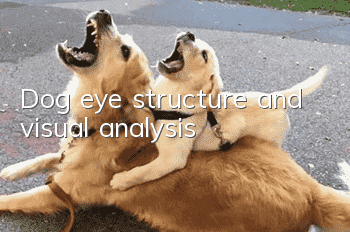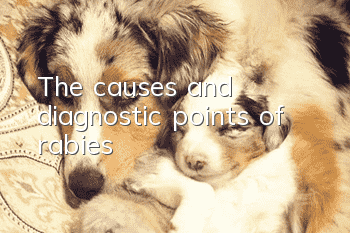Dog eye structure and visual analysis

Like humans, dogs’ eyeballs are similar to spheres, located in the orbit and connected to the brain by the optic nerve. The eyeball is composed of the outer wall of the ball and the inner contents of the eyeball. Specifically, they include the cornea, sclera, iris, ciliary body, choroid, retina, optic nerve, lens and vitreous body.
The structure of the eyeball is similar to that of a camera, but its function is much more precise and precise. The eyeballs can feel countless stimuli in an instant and can quickly transform them into a series of visual signals.
Dog Vision
In the dark, dogs can see better than people. This is partly because the dog's retina has a large number of visual stem cells that are sensitive to low light, and partly because there is a "transparent blanket" behind the visual stem cells that can reflect the concentrated light back. Wild dogs that may hunt in low light can be of great help. Dogs are particularly sensitive to distant moving targets and relatively slow to static targets, which helps with hunting, but also makes some dogs appear clumsy.
A dog’s vision
The dog's eyes are positioned on the head and are accompanied by muscles that allow the eyeballs to rotate flexibly, which gives the dog a fairly wide field of vision. The difference in the shape of a dog's head determines the difference in eye position, and also results in differences in visual field between different dog species. Generally speaking, brachycephalic (short-nosed) dogs, such as Pekingese and Bulldogs, have their eyes in the front of their heads, which gives them a better visual field overlap than long-nosed dogs.
The eyes of dolichocephalic (long-nosed) dog breeds are tilted, and the overlapping area of field of view is small. Except for a small area directly in front, long-nosed dogs can hardly form a three-dimensional image in most of the field of view. This may be why some excellent sighthounds (such as Russian Shepherds and Salukis) fall into ditches or stumble over small obstacles when charging at full speed. For humans, the fields of view of the two eyes overlap significantly, so we can see stereoscopic images and have accurate estimates of depth and distance. Although dogs have a wide field of vision, their judgment of distance is inaccurate.
- How to train a Teddy dog to urinate at a fixed point, Teddy potty training!
- At what age can you train a cat at most? Beginners remember these five steps!
- What age is the best age to train a Pitbull? There are tips for intensive training of Pitbulls!
- How to distinguish between cold, distemper and parvovirus in dogs? You must know these things!
- What is the best food for dogs to eat when they have a fever?
- Pregnancy care knowledge for female dogs
- What are the reasons why dogs scratch their ears?
- What happens when a dog vomits dog food and has diarrhea?
- Dog pregnancy welcomes new life, are you ready?
- Where is the best place to buy a golden retriever dog?



